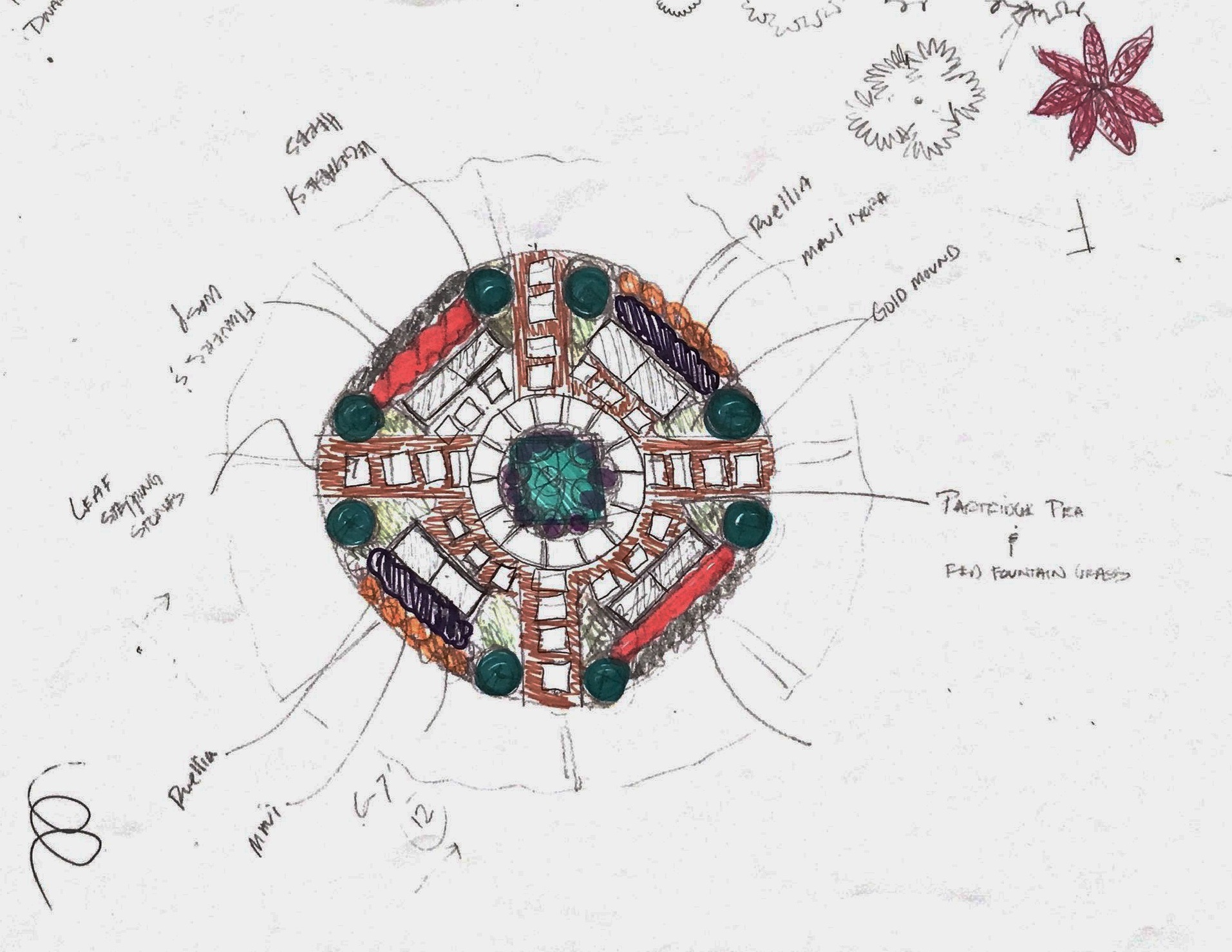By: David Font
Sometimes, we’re reminded about how meaningful our work can be in the least expected ways – like our kids and the things that inspire them. Every year at my daughter’s school throughout elementary, she was required to work on an independent “enrichment project.” A couple of years ago, when she was in 5th grade, she and a classmate decided to work together to create a vegetable garden for an underprivileged community. They were in charge of locating the place where they could execute their garden, reaching out to the mandatory people, receiving the permission, raising the funds, and implementing the labor needed to complete this project.
The girls were incredibly fortunate to have the opportunity to work with SOS Children’s Villages – Florida, a foster care neighborhood in South Florida composed of twelve houses on a beautiful tree-lined street, that house up to seventy-five boys and girls. As described on their website, SOS creates “a nurturing and vibrant environment with an array of services to help them overcome their past traumas and build a successful future.”
Initially, the idea was to create a vegetable garden for all the children and staff to enjoy. The girls came to my office to sketch up designs of the future garden and determine the layout and planting plan. Family, friends, and their school community pitched in with a total of $7000 between Home Depot gift cards and cash. The local Home Depot manager generously extended a steep discount so their funds would stretch further. Thank you, Home Depot!
While the intention of this project was to build a vegetable garden, once the project was completed, the children’s village started to use the garden not only as a vegetable garden but as a therapeutic garden! The therapists that visit with the kids sometimes use the garden as a tranquil location to walk around and talk with the kids. Little did the girls know, they created a space not only to grow vegetables, but a space that allowed the children to interact and connect with nature, to feel a sense of calmness and contentment while strolling through the garden. What a success!
The Process


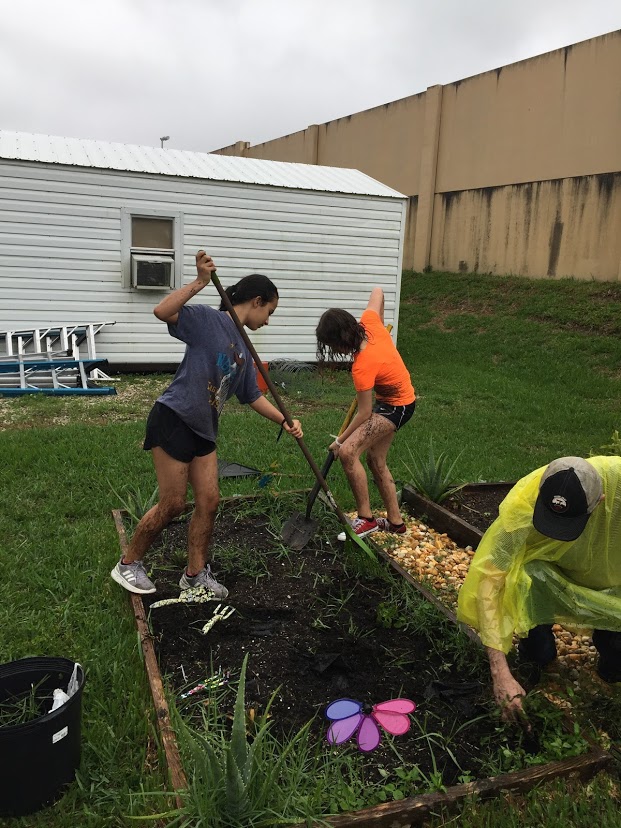

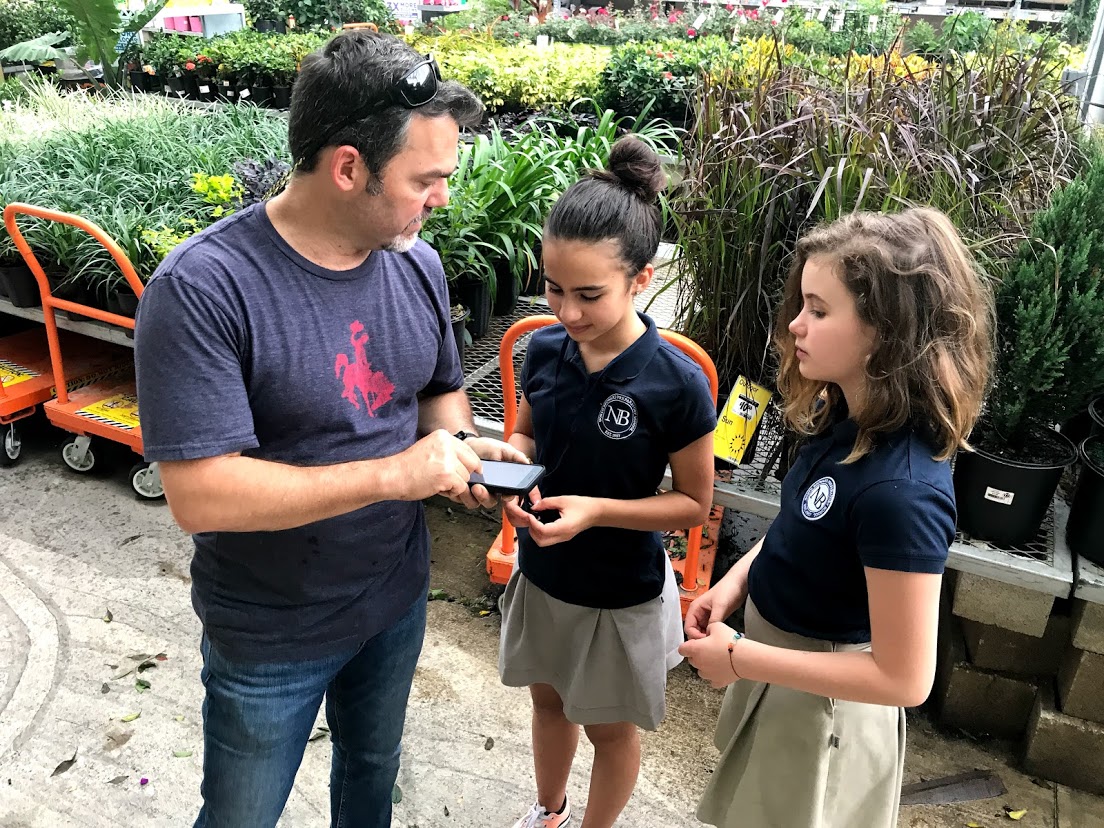
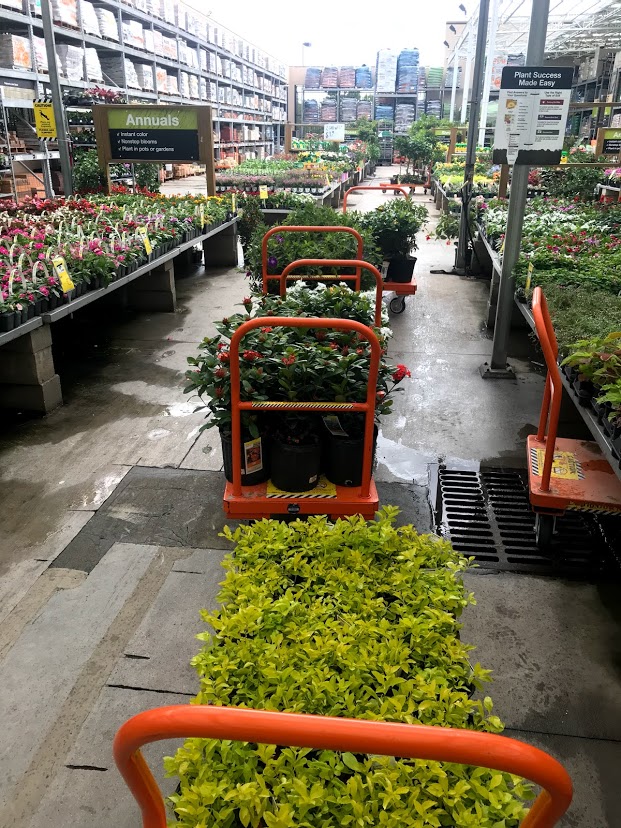
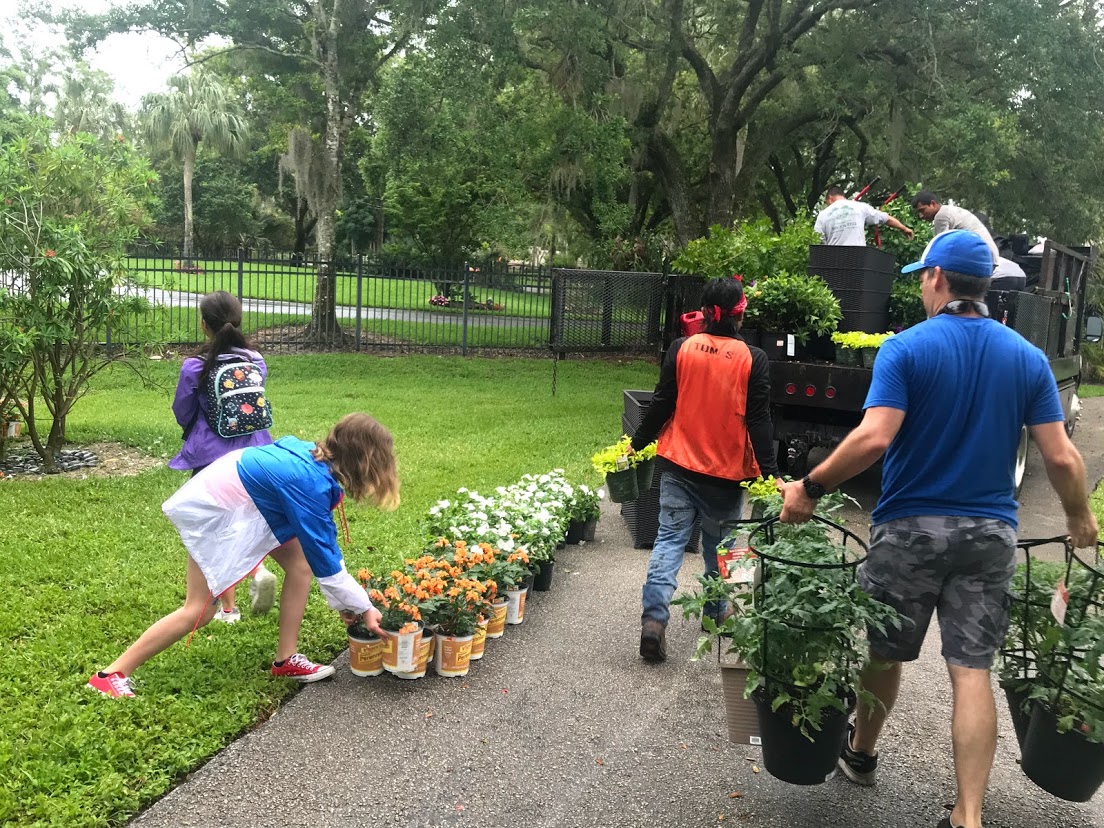
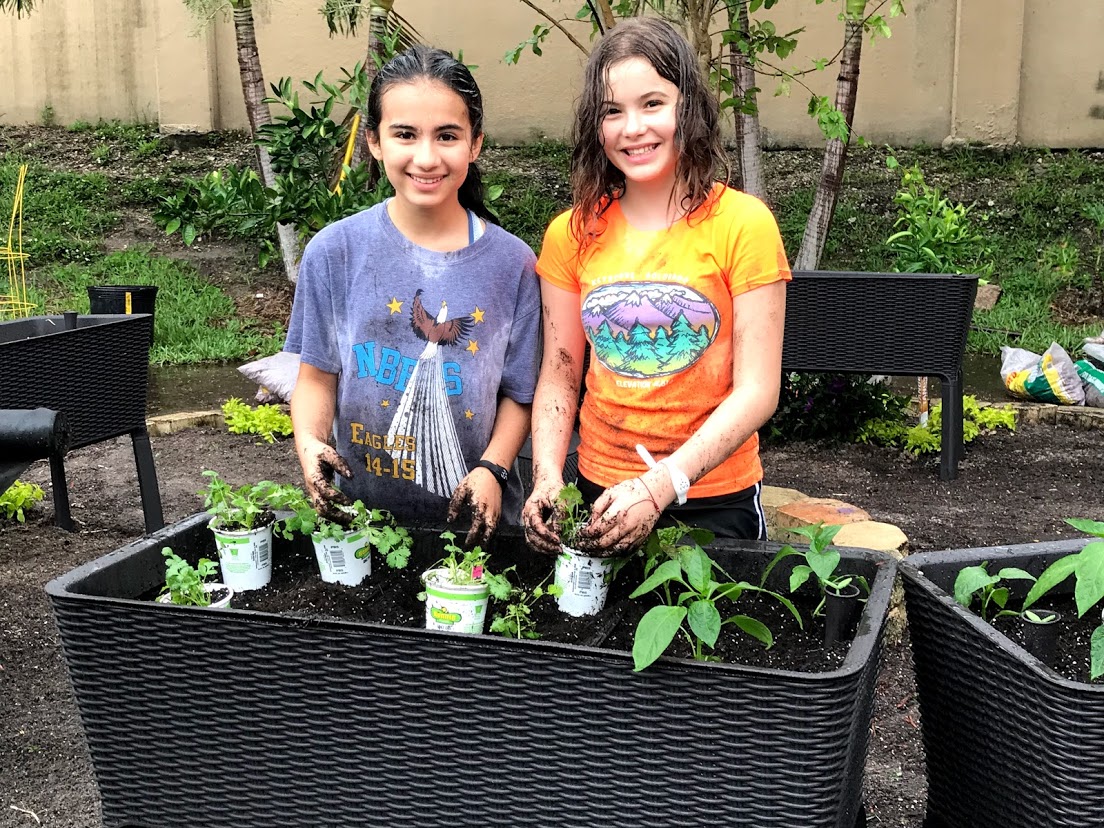
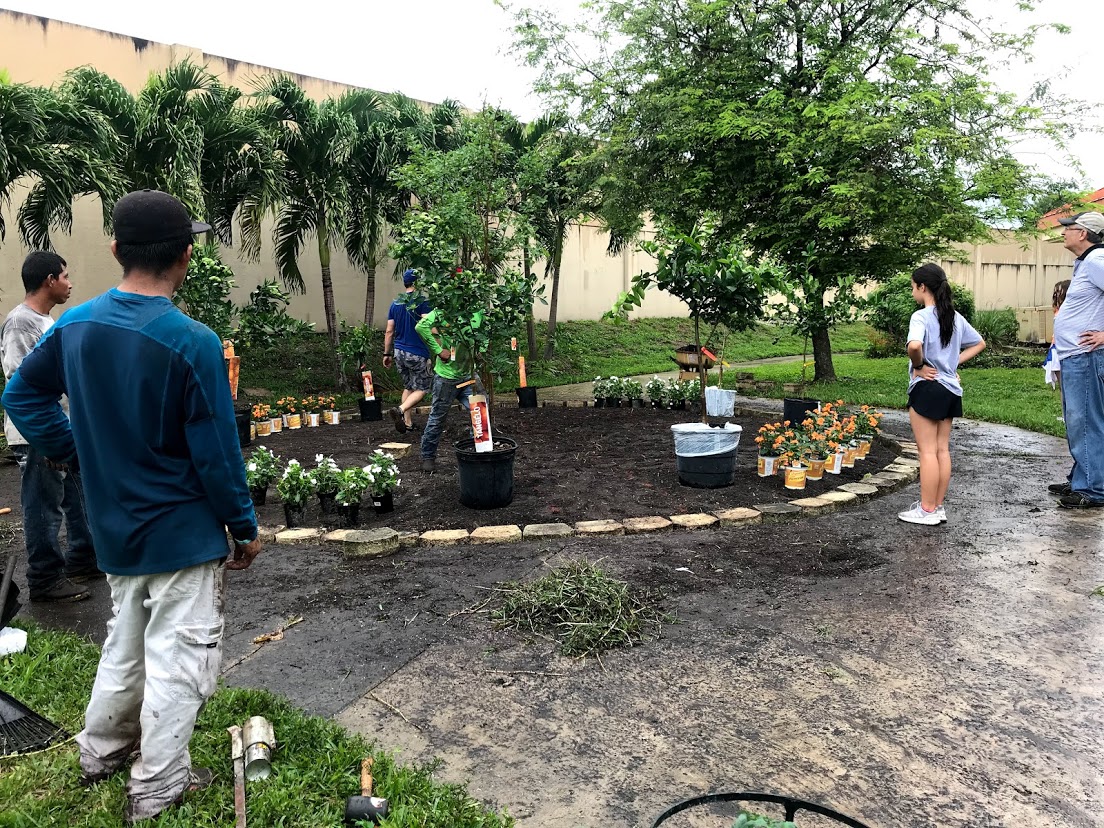
Therapeutic Gardens
In recent years, we as landscape Architects have seen a significant increase of interest in therapeutic gardens. According to the American Horticultural Therapy Association, a therapeutic garden is “a plant-dominated environment purposefully designed to facilitate interaction with the healing elements of nature. Interactions can be passive or active depending on the garden design and users’ needs.” In other words, these gardens allow for individuals to interact with and connect with nature through plants, where the individual can feel a sense of tranquility and calmness. Therapeutic gardens range from sensory gardens, healing gardens, restorative gardens, and habilitation gardens.
Benefits of Therapeutic Gardens
Benefits of walking in a garden can be unlimited. Some of these benefits include:
Connecting with nature
Social interaction
Learning new skills
Horticulture therapy can help individuals:
Develop fine motor skills
Attaining a deeper level of concentration
Hand-eye coordination
A sense of independence and control
Research has supported the efforts of providing these gardens to a variety of individuals, such as recovery from surgery. According to the University of Minnesota, Professor Roger Ulrich explains that the “scenes and elements from nature fosters stress recovery by evoking positive feelings, reducing negative emotions, and blocking or reducing stressful thoughts.”
What Makes a Garden Therapeutic?
Gardens that are designed for use in therapy must meet certain criteria in order to be designated as accessible. Planning a garden may be done in conjunction with a landscape architect who has the knowledge of the state and local regulations regarding accessibility. Basic features of a therapeutic garden includes:
Wide and gently graded accessible entrances and paths
Raised planting beds and containers
A sensory-oriented plant selection focused on color, texture, and fragrance


